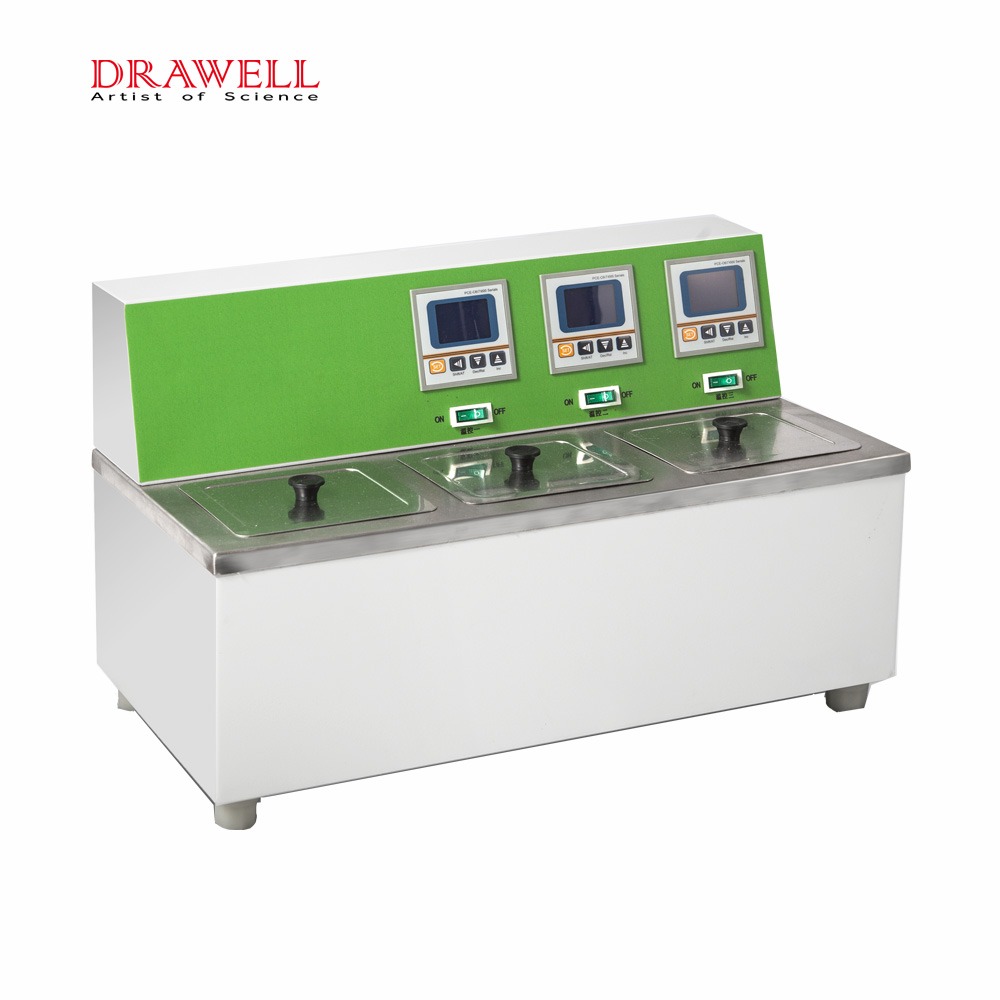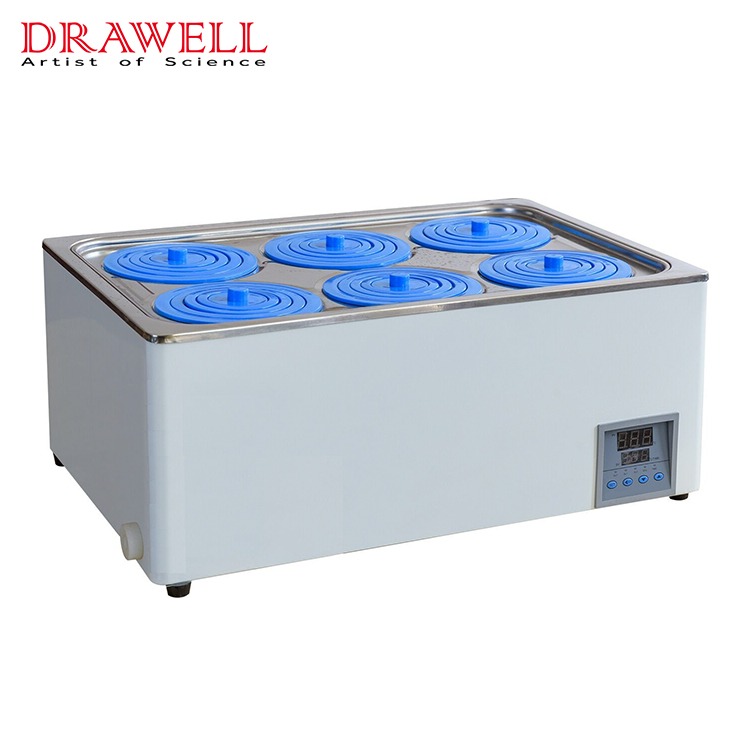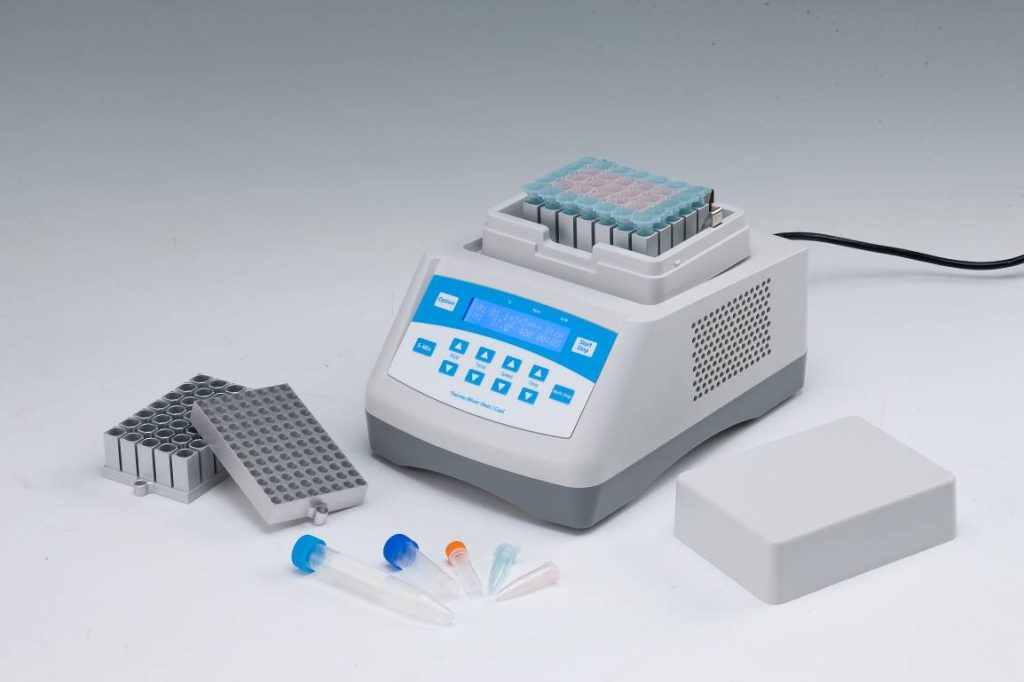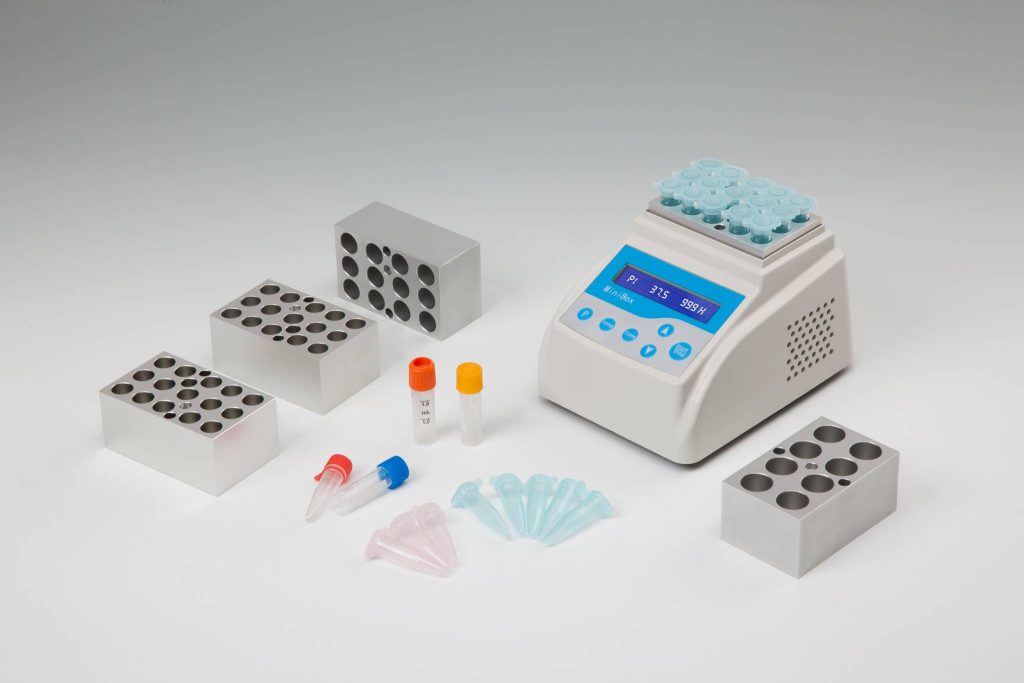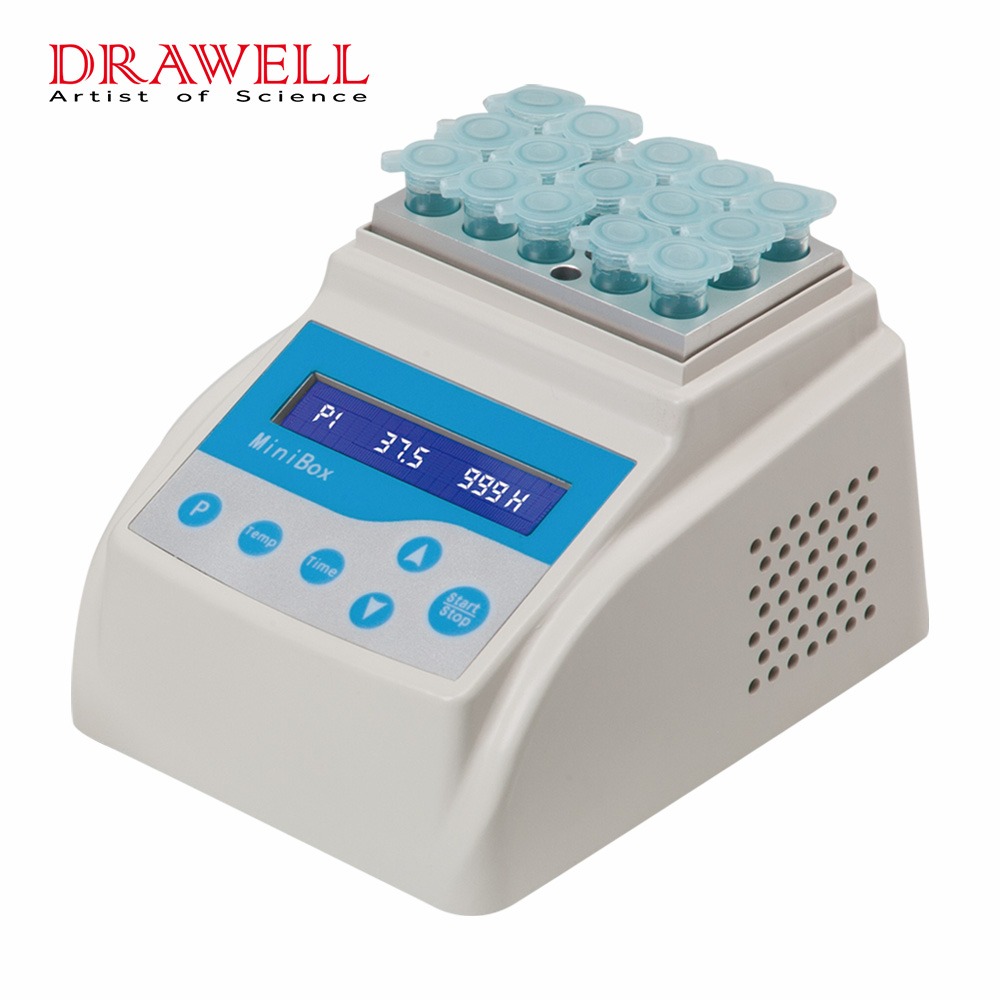Temperature control is a critical aspect of laboratory operations, ensuring the accuracy and reliability of experimental results. Whether working with biological samples, conducting chemical reactions, or storing sensitive materials, maintaining a consistent and controlled temperature environment is essential. This article explores the top five temperature control equipment commonly used in laboratories, highlighting their features, applications, and key considerations for selection.
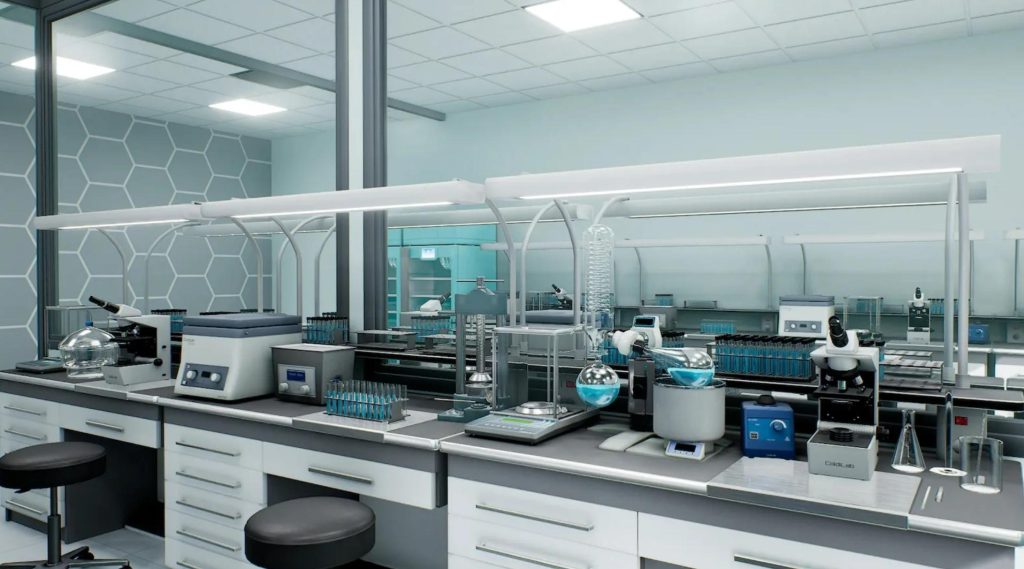
Selecting the right temperature control equipment for laboratory use depends on the specific needs of the experiment or application. Below, we explore five of the most commonly used temperature control devices in laboratories: Water Baths, Dry Baths, Muffle Furnaces, Incubators, and Refrigerators and Freezers. Each piece of equipment is designed for different purposes, yet all share the common goal of maintaining precise temperature conditions.

1. Water Baths
Water baths are one of the most widely used pieces of temperature control equipment in laboratories. They are essential for processes that require precise and consistent heating, particularly when working with sensitive samples that could be compromised by direct heat.
Features of Water Baths:
- Temperature Range: Typically between ambient temperature and 100°C, though some specialized models can reach higher temperatures.
- Control Precision: Digital controls allow for fine-tuning of temperature settings with high accuracy, often within ±0.1°C.
- Capacity: Available in various sizes, from small models for single tubes to large baths capable of holding multiple flasks or beakers.
- Safety Features: Often equipped with over-temperature protection and low water level warnings to prevent accidents.
Applications of Water Baths:
Water baths are used in a variety of laboratory tasks, such as:
- Warming Reagents: Ensuring that chemical reagents are at the optimal temperature before use.
- Incubating Samples: Maintaining biological or chemical samples at a specific temperature for a prolonged period.
- Melting Substances: Safely melting substances that need to be kept at a controlled temperature.
Water baths are versatile and reliable, making them indispensable in laboratories where precise temperature control is required for various heating applications.
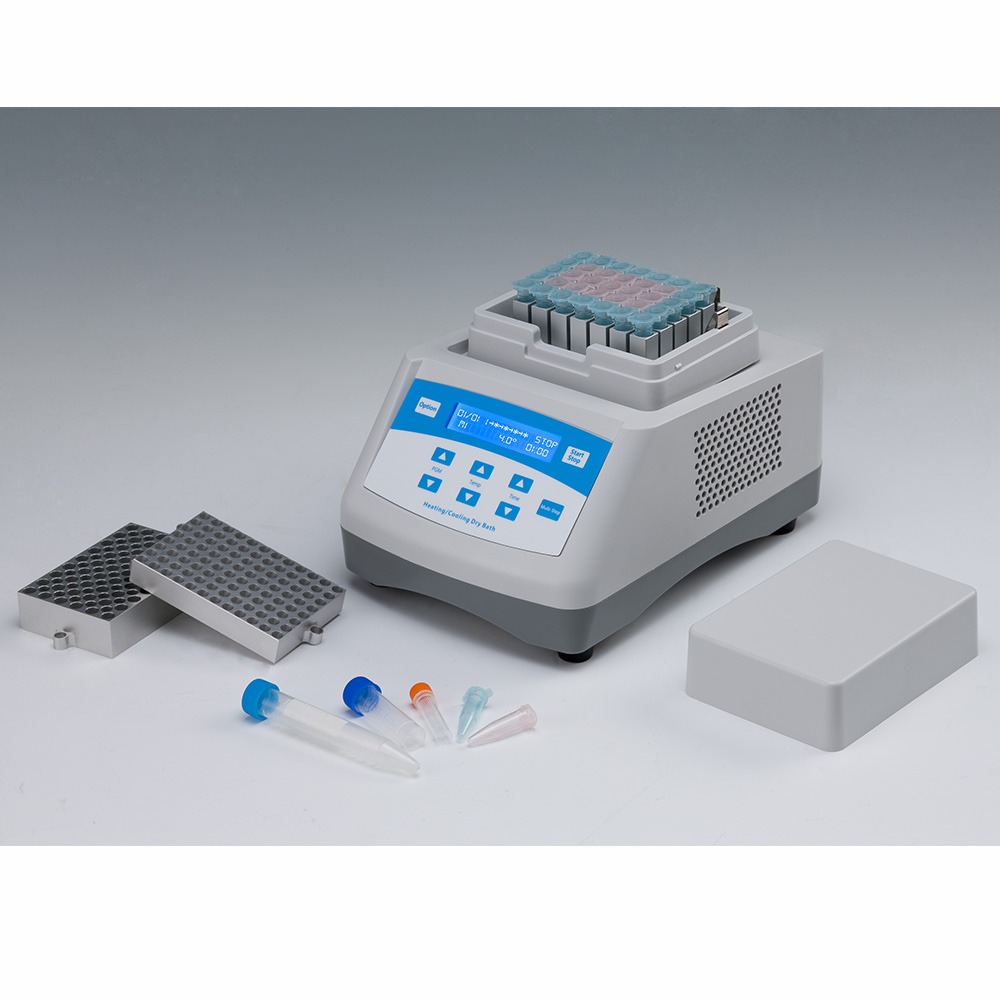
2. Dry Baths
Dry baths, also known as block heaters, offer a more convenient and cleaner alternative to water baths, especially when working with samples that must remain dry. They are essential for tasks that require stable and uniform heating without the risk of moisture contamination.
Features of Dry Baths:
- Temperature Range: Usually from ambient temperature up to 150°C, though some models can go higher.
- Interchangeable Blocks: Blocks are designed to fit different tube sizes (e.g., microcentrifuge tubes, PCR tubes), allowing for versatility.
- Digital Controls: Allow for precise temperature settings and often include a timer function.
- Compact Design: Typically small and portable, making them easy to use in various lab settings.
Applications of Dry Baths:
Dry baths are widely used in molecular biology and biochemistry for:
- DNA Denaturation: Heating DNA samples to separate strands during PCR.
- Enzyme Reactions: Providing the optimal temperature for enzyme-catalyzed reactions.
- Incubating Samples: Incubating samples in tubes at a precise temperature without the need for water.
Dry baths provide an efficient, mess-free solution for heating applications where moisture must be avoided, making them a valuable tool in many laboratory settings.

3. Muffle Furnace
Muffle furnaces are specialized pieces of equipment designed for high-temperature applications. They are crucial in laboratories that conduct heat treatments, material testing, and combustion analysis, where extremely high and controlled temperatures are required.
Features of Muffle Furnaces:
- Temperature Range: Can reach up to 1,200°C or higher, depending on the model.
- Uniform Heating: Insulated chambers ensure even heat distribution throughout the furnace.
- Programmable Controls: Allow for precise setting of temperature profiles, including ramps and holds at specific temperatures.
- Robust Construction: Built to withstand extreme temperatures and provide long-term durability.
Applications of Muffle Furnaces:
Muffle furnaces are used in:
- Ashing: Burning off organic material to determine the inorganic residue in samples.
- Annealing: Heat-treating metals to alter their physical properties, such as hardness or ductility.
- Material Testing: Subjecting materials to high temperatures to assess their thermal stability or decomposition characteristics.
For laboratories requiring high-temperature processes, muffle furnaces provide the necessary heat and control, making them indispensable for advanced material and chemical testing.
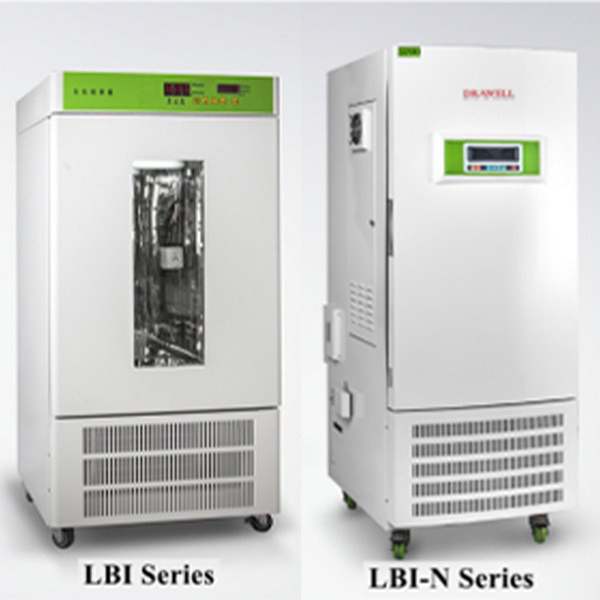
4. Incubators
Incubators are vital in biological laboratories, providing controlled environments essential for the growth and development of cell cultures, microorganisms, and other biological specimens. They are designed to maintain stable temperature, humidity, and, in some cases, CO2 levels.
Incubators have various types from their function, the environmental conditions they control, and the type of samples they are designed to accommodate. Here are some common incubators: CO2 Incubators, Anaerobic Incubators, Shaking Incubators, BOD Incubators etc.
Features of Incubators:
- Temperature Control: Typically ranges from a few degrees above ambient temperature to around 60°C.
- Humidity and CO2 Control: Some models offer precise control over humidity levels and CO2 concentration, essential for certain biological processes.
- Sterile Environment: Designed to minimize contamination, with features such as HEPA filters and UV sterilization.
- Programmable Settings: Allows for the scheduling of temperature and atmospheric conditions according to the specific needs of the experiment.
Applications of Incubators:
Incubators are used extensively in:
- Cell Culture: Growing and maintaining mammalian cells, bacteria, and other microorganisms under optimal conditions.
- Microbial Growth: Cultivating bacteria, yeast, and fungi for research or diagnostic purposes.
- Tissue Culture: Supporting the growth of tissues and organs in a controlled environment.
Incubators are indispensable for any lab engaged in biological research, ensuring that cultures and samples are kept under optimal conditions for successful experimentation.
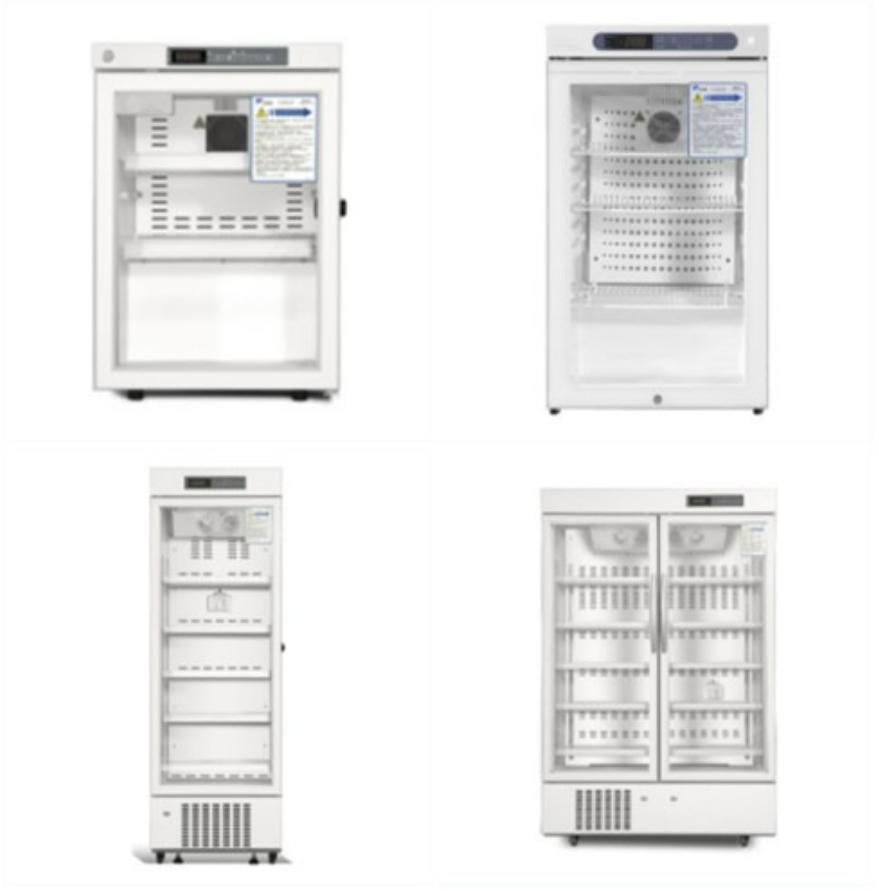
5. Refrigerators and Freezers
Refrigerators and freezers are essential for the storage of temperature-sensitive materials in the laboratory. They play a critical role in preserving the integrity of biological samples, chemicals, and reagents, ensuring they remain viable for future use.
Features of Refrigerators and Freezers:
Temperature Range: Laboratory refrigerators typically operate between 2°C and 8°C, while freezers can range from -20°C to -80°C, with ultra-low temperature freezers reaching even lower temperatures.
Temperature Stability: Designed to maintain a consistent temperature with minimal fluctuations, crucial for sensitive materials.
Storage Capacity: Available in various sizes, from compact units to large, walk-in models.
Security Features: Often equipped with alarms, locks, and monitoring systems to ensure samples remain safe and undisturbed.
Applications of Refrigerators and Freezers:
Laboratory refrigerators and freezers are used for:
- Sample Storage: Preserving biological samples, such as blood, tissues, and cells, to prevent degradation.
- Reagent Storage: Keeping temperature-sensitive reagents stable and effective for future experiments.
- Long-Term Preservation: Freezers, especially ultra-low temperature models, are used for the long-term storage of samples, including genetic material, vaccines, and other critical biological resources.
Refrigerators and freezers are crucial for maintaining the quality and viability of laboratory samples and reagents, making them a cornerstone of laboratory temperature control equipment.

How to Select Temperature Control Equipment?
Selecting the right temperature control equipment for your laboratory depends on several factors:
- Application Needs: Consider the specific temperature range and precision required for your experiments. For example, a muffle furnace is ideal for high-temperature applications, while a water bath is suitable for gentle heating.
- Sample Volume: The volume and type of samples you work with will influence your choice. Dry baths are great for small volumes, while incubators are necessary for large-scale cell culture work.
- Environmental Conditions: Some equipment, like incubators, offers additional environmental controls such as humidity and CO2 levels, which may be necessary depending on your research.
- Energy Efficiency: Consider the energy consumption of the equipment, especially if it will be running continuously. Energy-efficient models can reduce operating costs.
- Maintenance Requirements: Choose equipment that is easy to clean and maintain, especially if contamination is a concern. Regular maintenance is essential for ensuring long-term performance and accuracy.
- Budget: Laboratory equipment can vary significantly in price. Balancing cost with the necessary features and reliability is crucial for making a sound investment.
Here is a conclusion of choosing the proper type of temperature control equipment:
| Equipment | Ideal Temperature Range | Best Applications | When to Choose |
| Water Baths | Ambient to 100°C | Warming reagents, incubating samples, melting substrates | When you need gentle, consistent heating for samples that are not sensitive to moisture. |
| Dry Baths | Ambient to 150°C or higher | DNA denaturation, enzyme reactions, incubating dry samples | If you need to heat samples without exposure to moisture, especially in molecular biology. |
| Muffle Furnace | Up to 1,200°C or higher | Ashing, annealing, material testing | For high-temperature applications like combustion analysis or heat treatment. |
| Incubators | Ambient +5°C to 60°C | Cell culture, microbial growth, tissue culture | When you need controlled conditions (temperature, humidity, CO2) for biological experiments. |
| Refrigerators & Freezers | 2°C to -80°C (or lower for ultra-low freezers) | Storing biological samples, reagents, long-term preservation | For the storage of temperature-sensitive materials, especially for long-term preservation. |
Choosing the right temperature control equipment involves understanding your laboratory’s specific requirements and the capabilities of the available options. Investing in high-quality temperature control equipment ensures that your lab can maintain the conditions necessary for producing consistent, accurate results, ultimately contributing to the success of your research and operations.
For more details about the temperature control equipments or other lab equipments, please feel free to contact our sales. Believe they will provide you reliable service.

